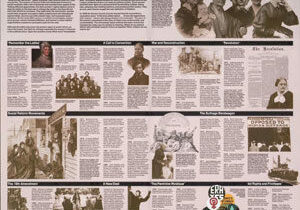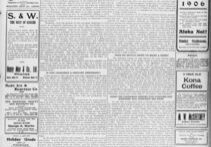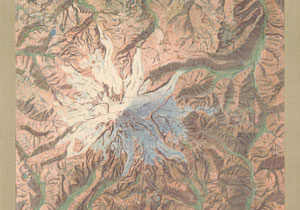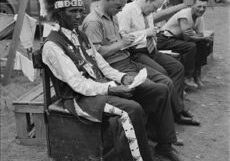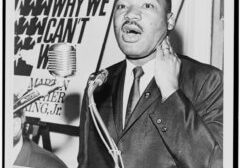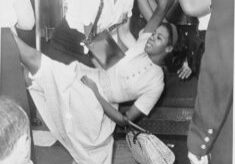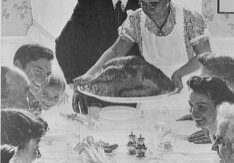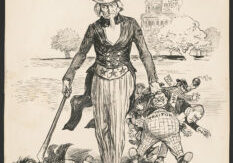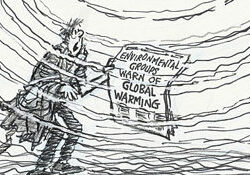Lesson Plans
Chinese Citizenship in Hawaii
Students analyze early 19th-century arguments against citizenship for Chinese immigrants to Hawaii and one journalist's rebuttal to that "defense", then investigate arguments for and against an immigrant group in America today and compare the historical and contemporary debates.
Shrinking Glaciers
Students analyze historical and contemporary maps to calculate glacier loss on Mount Rainier over time, then explore ideas for slowing glacier loss.
Why We Can’t . . .
Students investigate how a powerful slogan was used by civil rights leader Martin Luther King, Jr. and consider how it might be applicable to a contemporary issue.
Carbon Footprints, Climate, and Civic Causes
Students make connections between environmental science and civics as a means to impact the environment and the quality of life using sources from the Library of Congress and science concepts to consider the role as civic environmentalists. Students identify how humans have influenced climate change since the Industrial Revolution and a variety of methods that will give students the power to affect the climate of tomorrow. Students then calculate their own carbon footprint and use the EPA material to create an action plan to impact change.
Data Analysis to Drive Civic Action
Students consider civic action through primary source analysis, then examine and interpret data and use knowledge of civic life, politics, and government to discuss potential civic engagement.
